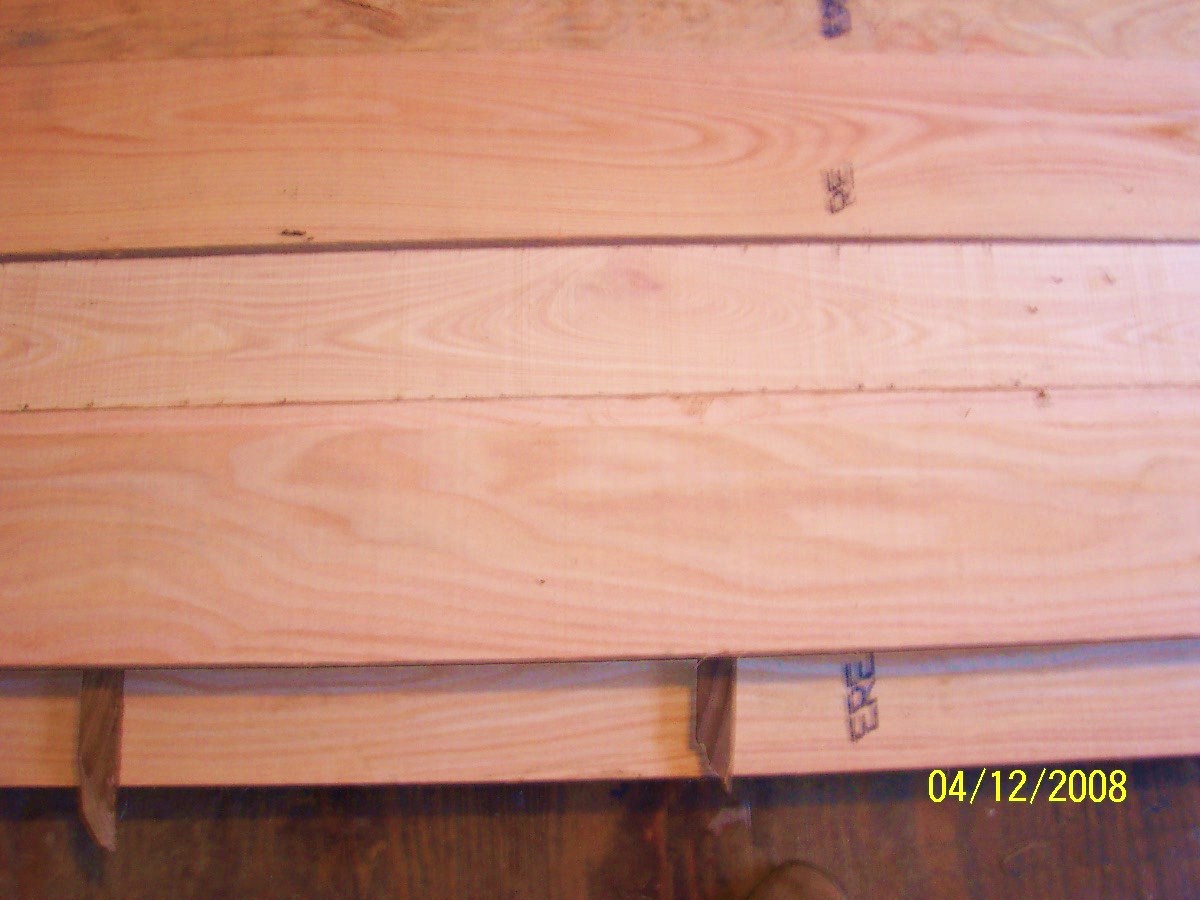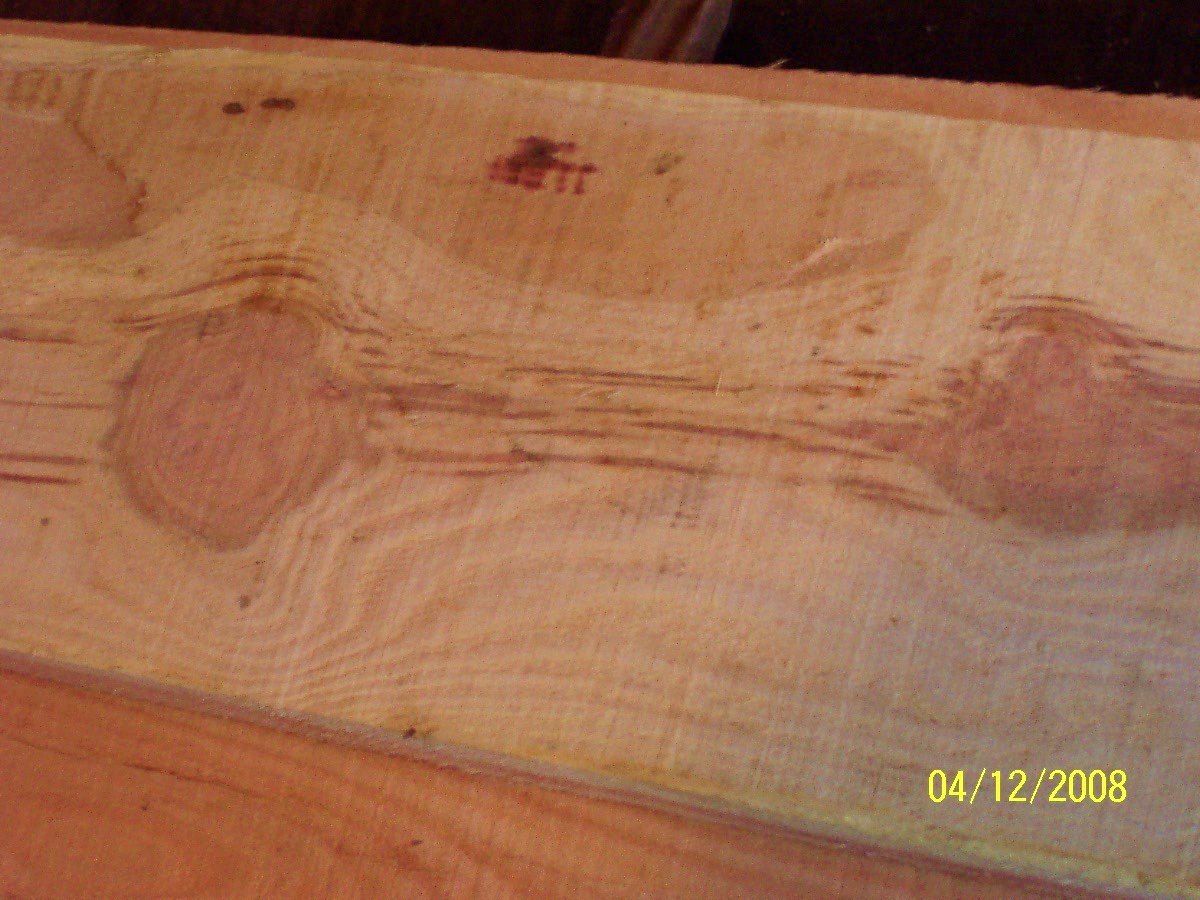It's Not Cherry — What Is It?
Experts try to identify a log that was purchased as Cherry, but is really something else. October 29, 2008
Question
Can anyone help ID this lumber? Our log scaler bought the log as cherry, but for some reason I don’t think it is. It has a really sweet smell and a sap wood that looks like ash, A couple boards have a very light (mineral), after it went through the mill our scaler said it might be fire cherry?
A grader with twenty years experience guessed it as birch and a seller with forty years experience called it hemlock. I grade green lumber in the mill and kiln dried but I’ve never seen anything that is that bright of a pink before.

Click here for full size image
Forum Responses
(Sawing and Drying Forum)
From contributor S:
Could it be sassafras?
From the original questioner:
I have no idea. I received an email yester day telling me that it was probably Kentucky coffee tree.
From Gene Wengert, forum technical advisor:
Red mulberry will "glow" under a grade reader and mulberry is indeed reddish orange in color.
From contributor A:
Red mulberry would be my guess. If it smelled like a livestock sale barn then I would say honey locust.
From the original questioner:
I found some pictures of honey locus that is looking a lot like what I have but my lumber smells sweet not like a stable. Could it be ginkgo? Where does that grow?
Maybe this picture will help. Don’t mind the bark along the upper edge.

Click here for full size image
From contributor J:
The first picture looks just like the honey locust I have in my shop. The second picture I don't know. You really should have a sample identified and let us know.
From Gene Wengert, forum technical advisor:
The fact that it glows under UV light limits it to just a few species (assuming it is grown in North America).
From the original questioner:
Yes it was grown in North America, the log was harvested in central PA.
From Gene Wengert, forum technical advisor:
I did look at the wood and it is indeed honeycomb. The odor mentioned is caused by the anaerobic bacteria that has been talked about before.